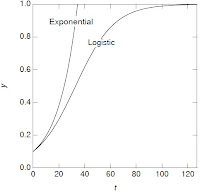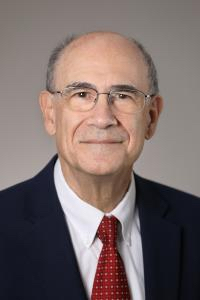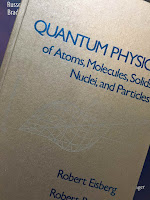Since a changing magnetic field generates an induced electric field, it is possible to stimulate nerve or muscle cells without using electrodes. The advantage is that for a given induced current deep within the brain, the currents in the scalp that are induced by the magnetic field are far less than the currents that would be required for electrical stimulation. Therefore transcranial magnetic stimulation (TMS) is relatively painless.
The method was invented in 1985 and when I arrived at NIH in 1988 the field was new and ripe for analysis. I spent the next seven years calculating electric fields in the brain and determining how the electric field couples to a nerve.
 |
| Roth, B. J. (2022) The Development of Transcranial Magnetic Stimulation, BOHR International Journal of Neurology and Neuroscience, Volume 1, Pages 8–20. |
This review describes the development of transcranial magnetic stimulation in 1985 and the research related to this technique over the following 10 years. It not only focuses on work done at the National Institutes of Health but provides a survey of other related research as well. Key topics are the calculation of the electric field produced during magnetic stimulation, the interaction of this electric field with a long nerve axon, coil design, the time course of the magnetic stimulation pulse, and the safety of magnetic stimulation.
Readers of this blog will recognize some of the topics from earlier posts, such as the calculation of the induced electric field, determining the site of stimulation along a peripheral nerve, Paul Maccabee’s wonderful article, the four-leaf coil, the heating of metal electrodes, implantable microcoils, and Tony Barker's online interview. You could almost say I pre-wrote much of the review using this blog as my test bed.
I like magnetic stimulation because it's a classic example of how a fundamental concept from physics can have a major impact in biology and medicine. If you combine this review of transcranial magnetic stimulation together with my earlier review of the bidomain model of cardiac tissue, you get a pretty good summary of my most important research.
Enjoy!

















